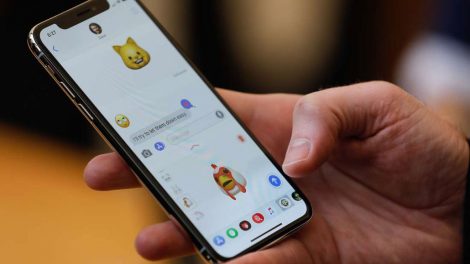If you are one of those who spend the last half hour of the day curled up in bed with your computer, tablet or mobile phone you should know that watching these devices at night can make it more difficult to fall asleep and stay asleep.
Our bodies naturally follow a cycle that helps us stay awake and alert during the day and helps us sleep at night. What is known as circadian cycles.
But when we look at the screens of our mobile phone while we are preparing to sleep, our brain gets confused.
An effect similar to the morning sunlight.
The screens produces blue light so we can see them even on sunny days. But at night, this brightness imitates sunlight, sending contradictory signals to the brain about what time of day it is.
The bright light from our cell phone causes the brain to stop producing melatonin, the sleep-regulating hormone.
By interrupting the production of melatonin, the light of the mobile phone can interrupt our sleep cycle, like a kind of artificial jet lag.
What makes it more difficult for us to fall asleep and stay asleep, which in the long term can trigger serious health problems.
An app for night use.
To combat this problem, f.lux has been designed. It is a free application for Mac, Windows and Linux that makes the color of your screen adapted to the time of day. By establishing the location and the time at which we usually wake up, the program calculates the approximate time of bedtime.
The recent update of iOS 9.3 allows a new mode called Night Shift, in which the user can establish from what time the night begins. And when the “night mode” starts, the phone automatically adjusts the screen to emit a warmer and less blue light.














